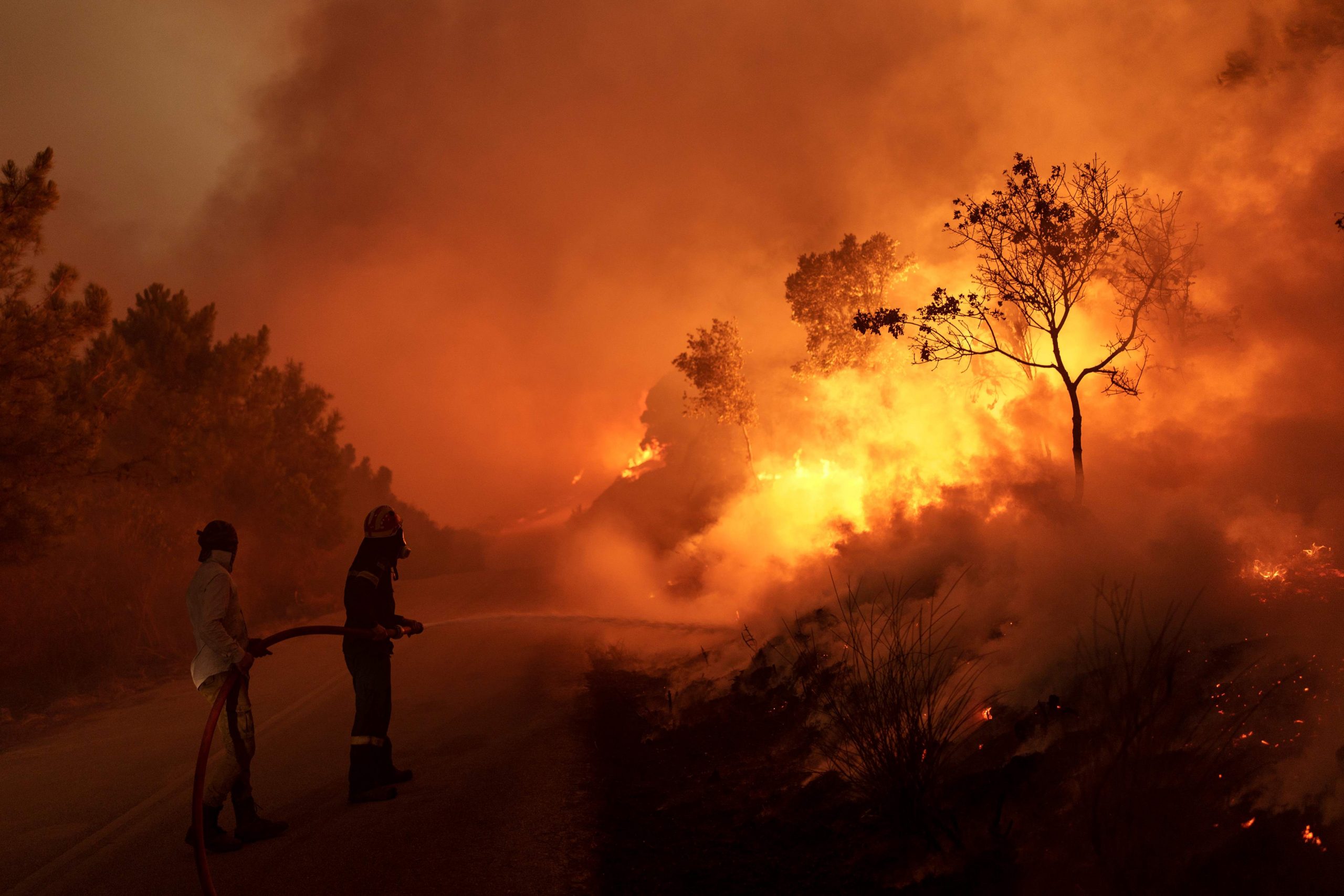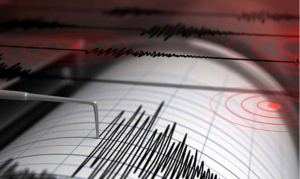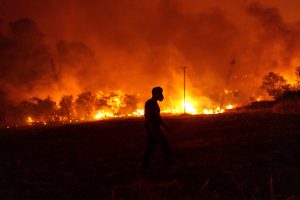Deadly and Uncontrollable: In 2023, forest fires devastated nearly 4 billion acres of forests, claiming over 250 lives and emitting 6.5 billion tons of carbon dioxide into the atmosphere.
The American continent experienced a wildfire season this year that shattered all records. By December 23, nearly 800 million acres were burnt, surpassing the annual average of the period 2012-2022 by 100 million acres, according to the Global Wildfire Information System (GWIS). These fires were fueled by drought and heat resulting from climate change, and were deemed “uncontrollable” as conventional firefighting methods proved ineffective, explained geographer and fire expert Poline Villain-Charlotte to the French Press Agency.
Ninety-seven fatalities and 31 missing in fires that ravaged Hawaii in August, 34 deaths in Algeria, 28 in Greece… This year marked the deadliest of the 21st century, according to the Emergency Events Database (EM-DAT) of the Catholic University of Louvain, tallying more than 250 deaths. “This excessive mortality poses a risk of increasing in the coming years,” warned Poline Villain-Charlotte, as fires dangerously encroach upon urban areas. In August, the tourist town of Lahaina in Maui, Hawaii was nearly engulfed by flames.
As wildfires multiply, vegetation has less time to regrow, leading forests to lose their capacity to absorb carbon dioxide. “According to recent studies, wildfires reduce carbon storage by approximately 10%,” explained Solène Turquety, a researcher at LATMOS (Laboratoire Atmosphères, Milieux, Observations Spatiales).
Moreover, when trees burn, they immediately release all the carbon dioxide they had stored into the atmosphere, contributing to the greenhouse gas effect.
Apart from carbon dioxide, forest fires and fires in low vegetation areas emit various harmful particles, from carbon monoxide to a range of other gases and aerosols. “These emissions significantly alter air quality, even hundreds of kilometers away in the most severe fires,” noted Solène Turquety, highlighting “an immediate health impact” in addition to the destruction of ecosystems, assets, and infrastructure.
Africa saw the largest areas burnt since the beginning of the year (almost 2.12 billion acres). However, according to Poline Villain-Charlotte, “we shouldn’t overly emphasize these African fires,” as this number doesn’t necessarily reflect “large forest fires.”







